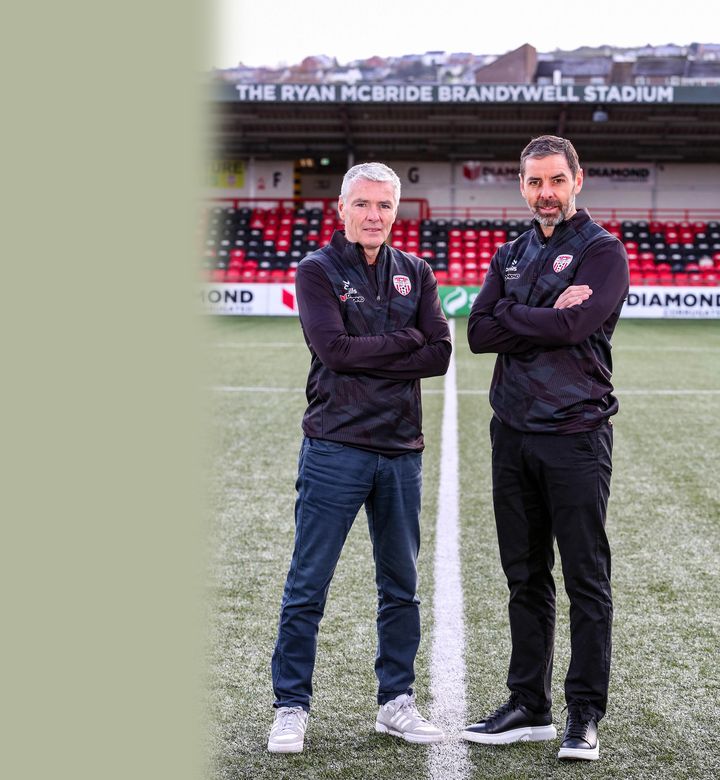
Share Tweet Share Share Email In today’s increasingly digital world, access to high-speed internet is no longer a luxury but a necessity. It fuels education, drives economic growth, and fosters social connections. However, ensuring equitable access to this vital resource remains a significant challenge, particularly in regions with dispersed populations.
Norway, renowned for its stunning landscapes and progressive policies, has embarked on a comprehensive mission to bridge the digital divide. Through strategic investments in fiber-optic infrastructure and the rapid deployment of 5G technology, Norway is making high-speed internet accessible to all its citizens, regardless of their geographic location. Building a Robust Fiber-Optic Infrastructure Norway’s commitment to reducing the digital divide is most evident in its extensive fiber-optic network development.
Fiber optics provide the backbone for high-speed internet, offering unparalleled speed and reliability compared to traditional copper lines. The country’s major fiber-optic developers— Telenor , Altibox , and Global Connect —play pivotal roles in this transformative journey. Telenor , Norway’s largest telecommunications company, has been at the forefront of expanding fiber-optic coverage.
Their extensive network ensures that both urban and rural areas benefit from high-speed internet access. By investing heavily in fiber infrastructure, Telenor not only enhances connectivity but also supports the nation’s digital economy. Altibox , another key player, focuses on delivering high-speed fiber solutions to residential and business customers.
Their innovative approach includes leveraging existing infrastructure to minimize costs and maximize coverage. Altibox’s commitment to quality and customer satisfaction has made them a trusted name in the Norwegian telecom landscape. Global Connect complements these efforts by providing comprehensive fiber-optic services across the country.
Their strategic partnerships and advanced technology enable seamless connectivity, ensuring that even the most remote communities are not left behind in the digital age. Advancements in 5G Technology While fiber optics lay the groundwork for robust internet infrastructure, Norway is equally invested in the advancement of 5G technology. 5G promises ultra-fast internet speeds, low latency, and the capacity to connect a vast number of devices simultaneously.
These features are essential for supporting the growing demand for data-intensive applications and services. Norway has made significant strides in deploying 5G networks, with coverage expanding rapidly across the nation. This widespread availability ensures that high-speed internet is not confined to metropolitan areas but reaches suburban and rural regions as well.
The integration of 5G technology complements fiber-optic networks, providing a versatile and resilient internet infrastructure capable of meeting diverse user needs. Fostering Competition Through Fixed Wireless Access Despite the substantial investments in fiber-optic and 5G technologies, the telecom landscape in Norway is characterized by a high degree of competition. This competitive environment is largely facilitated by fixed wireless access (FWA) solutions, which allow multiple internet service providers (ISPs) to offer high-speed internet without relying solely on the infrastructure owned by major companies.
FWA leverages wireless technology to deliver broadband services, enabling smaller ISPs to enter the market and compete with established giants like Telenor, Altibox, and Global Connect. This competition is beneficial for consumers, as it drives innovation, improves service quality, and most importantly, reduces costs. With over 80 unique network providers operating in Norway, consumers have the flexibility to choose from a variety of options that best suit their needs and budgets.
Empowering Consumers Through Savings and Choice The introduction of FWA solutions has had a profound impact on the Norwegian telecom market. By breaking the monopoly of major fiber-optic providers, FWA has introduced a level of competition that allows consumers to save thousands of kroner annually. The increased competition compels ISPs to offer more attractive pricing, better service packages, and enhanced customer support to win and retain customers.
For consumers, this means greater choice and the ability to tailor their internet services to their specific requirements. Whether it’s higher speeds, more reliable connections, or cost-effective plans, the competitive market ensures that there is something for everyone. This democratization of internet services not only makes high-speed internet more affordable but also ensures that quality remains uncompromised.
The Role of Comparison Platforms: bredbåndtest.no and Fibernettguiden.no Navigating the plethora of available internet service providers can be daunting for consumers, especially with over 80 unique network providers in Norway.
This is where comparison platforms like bredbåndtest.no and Fibernettguiden.no become invaluable tools.
bredbåndtest.no serves as a comprehensive comparison tool, allowing users to evaluate and compare various ISPs based on their specific location and requirements. By aggregating data from multiple providers, bredbåndtest.
no simplifies the decision-making process, helping consumers identify the best deals and most suitable services available in their area. This platform empowers users to make informed choices, ensuring they receive the best value for their money. Being able to compare broadband prices, or “ bredbånd priser ” which it is in Norwegian, is extremely helpful for the end users.
Similarly, Fibernettguiden.no focuses more specifically on fiber-optic services, or “ fibernett ” in Norwegian, and are offering detailed comparisons and guides for consumers interested in fiber-based internet solutions. By providing in-depth information on fiber technologies, coverage areas, and provider offerings, Fibernettguiden.
no helps users navigate the complexities of fiber-optic internet services. This specialized focus ensures that consumers seeking the highest quality fiber connections have access to the information they need to make informed decisions. Enhancing Accessibility and Affordability The combined efforts of major fiber-optic developers, advancements in 5G technology, and the introduction of competitive FWA solutions have significantly enhanced internet accessibility and affordability in Norway.
These initiatives ensure that high-speed internet is no longer a privilege limited to urban centers but a standard accessible to all citizens, regardless of their geographic location. Moreover, by leveraging comparison platforms like bredbåndtest.no and Fibernettguiden.
no, consumers can effortlessly navigate the diverse telecom landscape. These platforms not only save time and effort but also enable users to maximize their savings by identifying the most cost-effective and high-quality internet services available. Future Outlook: Continued Innovation and Expansion Norway’s proactive approach to bridging the digital divide sets a benchmark for other nations striving to achieve similar goals.
The continuous innovation in fiber-optic and wireless technologies, coupled with a competitive market environment, ensures that Norway remains at the forefront of the global telecom industry. Looking ahead, Norway is poised to further expand its high-speed internet infrastructure, incorporating emerging technologies and addressing the evolving needs of its population. Initiatives aimed at enhancing rural connectivity, improving network resilience, and fostering digital literacy will continue to play crucial roles in minimizing the digital divide.
Conclusion: Empowering Consumers and Bridging the Gap Norway’s multifaceted strategy to reduce the digital divide—characterized by substantial investments in fiber-optic and 5G technologies, the promotion of competitive ISPs through fixed wireless access, and the provision of user-friendly comparison platforms—has created a robust and equitable internet ecosystem. These efforts not only ensure that high-speed internet is accessible to all but also empower consumers to make informed decisions that enhance their digital experiences and financial well-being. For residents seeking to optimize their internet services, comparison platforms like bredbåndtest.
no and Fibernettguiden.no are indispensable resources. By providing detailed comparisons and user-centric information, these platforms simplify the process of selecting the best internet providers, ensuring that every Norwegian can enjoy the benefits of high-speed, affordable, and reliable internet access.
As Norway continues to lead the way in digital inclusion, its comprehensive approach serves as a model for other countries aiming to bridge the digital divide and foster a more connected and equitable society. Related Items: Digital Divide , High-Speed Internet Share Tweet Share Share Email Recommended for you How Telehealth is Transforming Patient Care in Rural Areas Comments.













